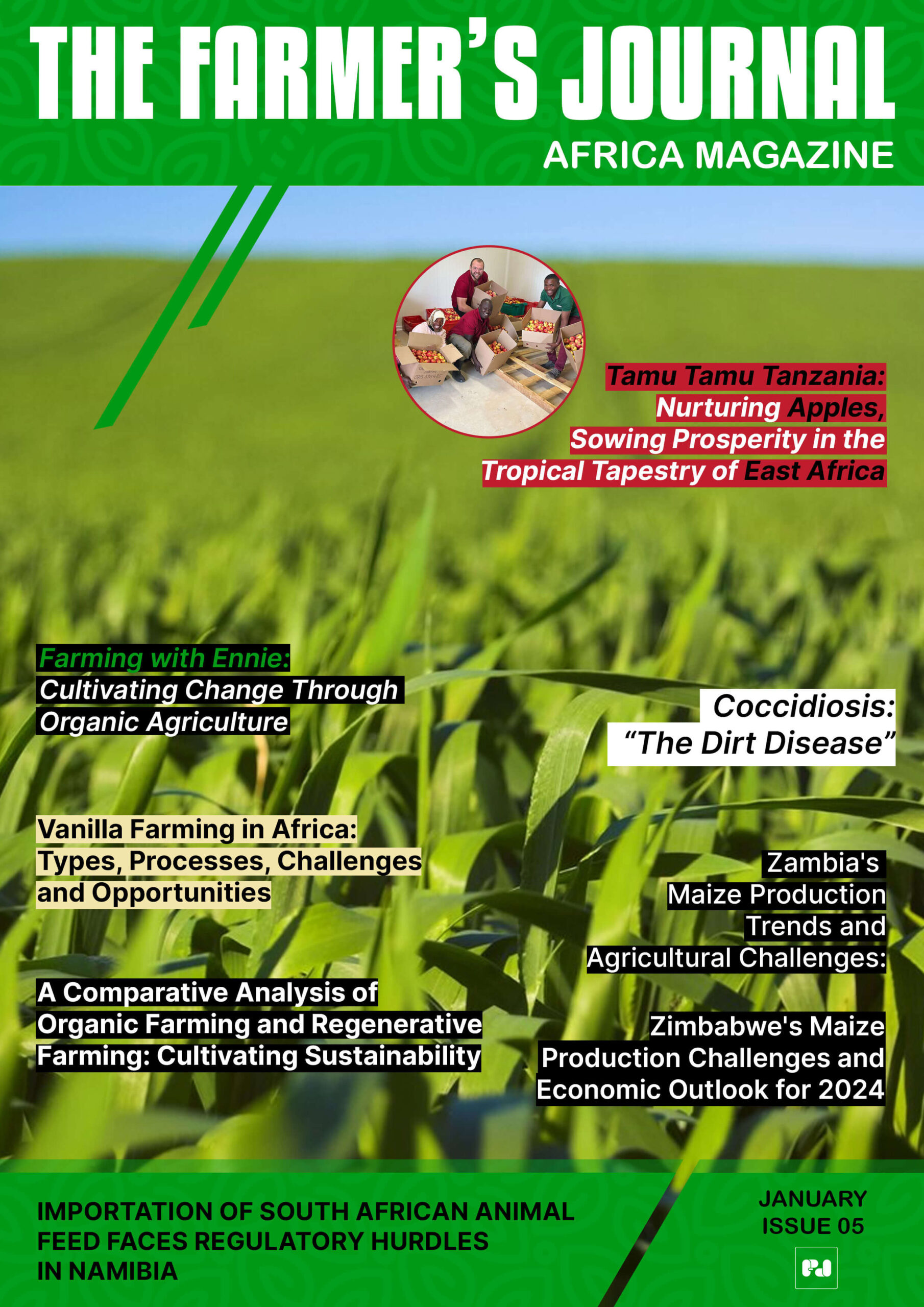
Unleashing the Potential of Intra-African Trade to Alleviate Food Insecurity
Africa, despite its vast agricultural potential, grapples with the harsh reality of being the most food-insecure continent globally. Startling statistics from 2021 reveal that one-fifth of the African population faced hunger, sounding an alarm that cannot be ignored. The Comprehensive African Agriculture Development Programme (CAADP) Biennial Review paints a concerning picture, indicating that the continent is falling short of its ambitious goal to eradicate hunger by 2025. As Africa’s population is poised to represent 25% of the global populace by 2050, a World Bank report warns of a 60% surge in food demand by 2030 compared to 2015. The situation is dire, and bold solutions are imperative.
The ACFTA Opportunity: A Beacon of Hope for Food Security
In this landscape of challenges, the African Continental Free Trade Area (ACFTA) emerges as a beacon of hope, offering a transformative path toward achieving continental food security objectives. Let’s delve into how ACFTA can become the catalyst for change.
1. Removing Barriers to Affordability: The Power of Tariff Elimination
One of the primary impediments to food accessibility is the imposition of tariffs, especially Value Added Tax (VAT) and excise duties. These tariffs inflate prices, stifling demand and jeopardizing the commercial viability of agriculture. ACFTA takes a significant step by gradually eliminating 97% of tariff lines, encompassing 90% of intra-African imports. This move not only stimulates food security but also paves the way for the development of robust food value chains by dismantling barriers on critical agro-inputs like fertilizers and agro-chemicals.
2. Boosting Innovation through Trade Openness
ACFTA’s influence extends beyond tariff removal. Increased trade openness, a byproduct of the free trade area, acts as a catalyst for technology diffusion. This, in turn, enhances productivity and innovation, resulting in improved agricultural production. As resources find their most productive uses, consumers benefit from lower prices, marking a win-win scenario for all stakeholders.
Complementary Measures for Success: A Comprehensive Approach
While ACFTA sets the stage for change, a holistic approach is necessary to reap its full benefits. The African Union’s action plan for Boosting Intra-Africa Trade (BIAT) plays a pivotal role in enhancing productive capacities, promoting investment for value addition, and expediting pan-African trade.
1. Harmonizing Standards: Reducing Costs and Enhancing Trade
Intricate sanitary and phytosanitary (SPS) measures have long hindered trade, contributing to a 13% increase in domestic food prices. ACFTA addresses this by harmonizing food quality and safety standards continent-wide. This not only ensures consumer welfare but also reduces compliance costs, facilitating more efficient and cost-effective food trade.
2. Pan-African Payment and Settlement System (PAPSS): A Financial Revolution
The introduction of the Pan-African Payment and Settlement System (PAPSS) revolutionizes financial transactions in the food value chain. By providing a continental-wide, efficient, and cost-effective payment mechanism, PAPSS minimizes the costs, duration, and variability associated with cross-border payments. This initiative has the potential to save the continent a staggering US$5 billion annually on transaction costs, fostering a more sustainable and resilient trade environment.
3. The Service Sector: An Integral Player in Food Security
ACFTA recognizes the interconnectedness of food and agricultural policies with other sectors. The service protocol, combined with a strategic approach to the transport sector, facilitates competitive national and continental transport services. By eliminating barriers to the free movement of professionals, ACFTA opens avenues for vital services in veterinary and agronomy, crucial for sustained agricultural growth.
Conclusion: ACFTA, a Path to Prosperity
Empirical evidence resoundingly supports the notion that integration is a key driver of economic growth and sustainable development. ACFTA, with its vision of a single market for goods and services, is not merely a trade agreement; it is a transformative force capable of turning Africa into a global food production powerhouse. As we embrace this opportunity, we embark on a journey toward realizing the dream of food sovereignty, fostering prosperity, and aligning with the Sustainable Development Goals (SDGs). ACFTA is not just a policy; it’s a promise for a brighter, food-secure Africa.
The original article written by Leah Tesfamariam
Stay updated with the latest farming tips and agriculture industry news from Africa by subscribing to our newsletter. Don’t miss out on valuable insights and updates. Follow us on Twitter, LinkedIn, and Facebook to join our farming community and stay connected with us.



















